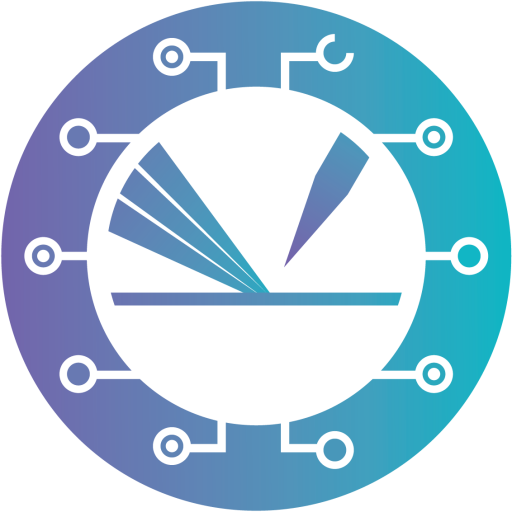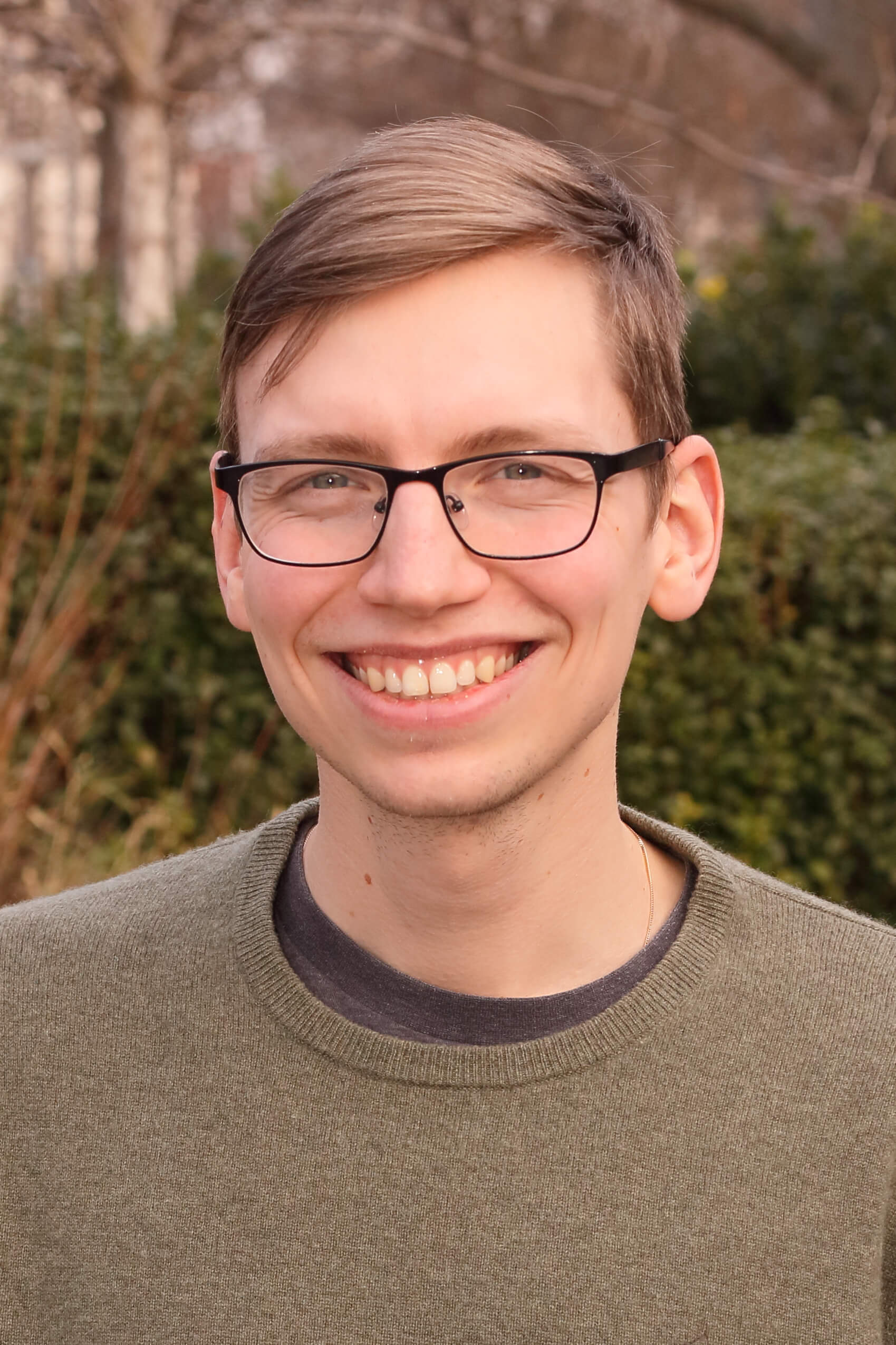Moritz Eder
TU Wien Institute of Applied Physics
Tuesday, 24th May 2022,16:00 s.t.
The talk will be given in hybrid mode.
You can either attend in physical presence:
TU Wien, Institute of Applied Physics,
Wiedner Hauptstraße 8-10, 1040 Vienna
Yellow Tower “B”, Seminar Room DB 05 B (5th floor)
Or you join via Zoom:
https://tuwien.zoom.us/j/91946055872?pwd=ODRqZHdWTDdyOVR2emZ5WllGcFY0dz09
Meeting ID: 919 4605 5872 Passcode: 65nXfJ0v
Photocatalysis of Alcohols on Bare and Metal Cluster-Loaded TiO2(110)
Since the photoelectrochemical water splitting experiments by Fujishima and Honda in the seventies, photon-driven hydrogen evolution has been considered to be a realistic dream reaction. Titanium dioxide, the electrode used in their study, remains the most frequently investigated photocatalyst material to this day. Despite the effort in photo(electro)chemical research, there is still no consensus about fundamental mechanistic aspects, mainly due to the complexity and heterogeneity of applied systems.
By conducting alcohol photocatalysis on TiO2 (110) single crystals in ultra-high vacuum, we elucidate fundamental chemical mechanisms on the surface. The research efforts of the past decade on this system show that all types of alcohols undergo the same redox chemistry. It is clear that a co-catalyst, usually in the form of small metal clusters, is necessary for photocatalytic hydrogen evolution. We discriminate the redox chemistry, which is dictated by the semiconductor, from the hydrogen evolution reaction, which is enabled by the metal cluster co-catalyst. This allows to establish a closed catalytic cycle different to the conventional electrochemical picture, and comprehensively explains the photocatalytic reactivity of alcohols on TiO2 (110). This accounts even for tertiary alcohols, which are hard to oxidize selectively using wet chemical methods but can be oxidized in a truly catalytic manner in this system. The results not only broaden the scope of conventional organic chemistry but also have important implications for applied photocatalysis.


